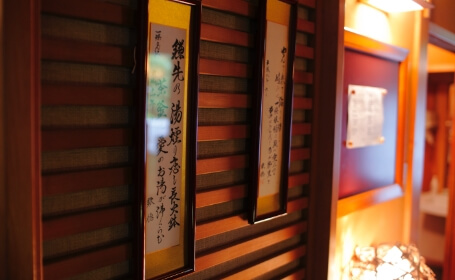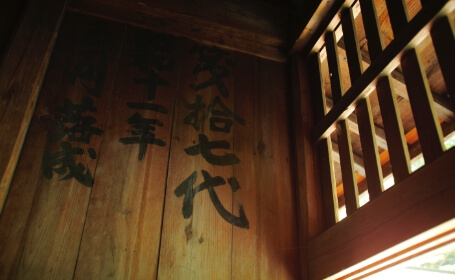History of Ichijoh
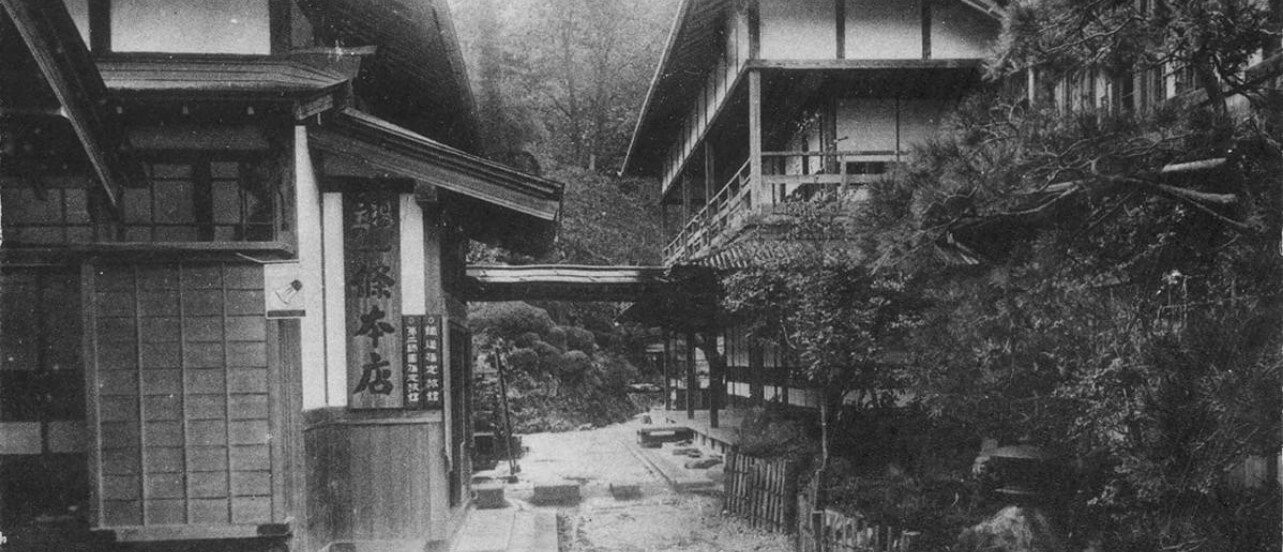
A long-established ryokan inn that embraces the rich historical heritage
Trace the history of Yunushi Ichijoh,
Tokine-no-Yado, the Inn of the Sound of Time
About 600 years ago in the Muromachi period, a lumberjack in Shiroishi struck a corner of a rock with the tip of his sickle, and a hot spring gushed out, giving rise to the name “Kamasaki Onsen” (Kama translates as sickle and saki translates as tip). Yunushi Ichijoh is a long-established ryokan inn that has weaved a long and uninterrupted history in the area.
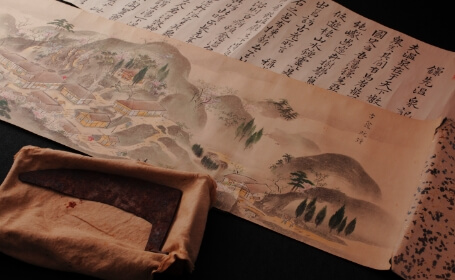
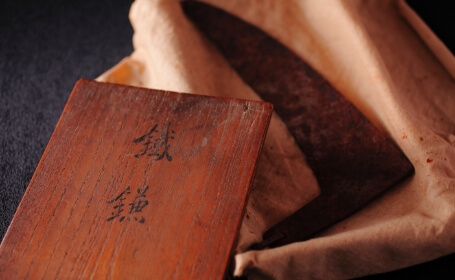
Records and family trees have been preserved in old scrolls, indicating that the Ichijoh family came from a noble family in Kyoto. Ichijoh Ichibei having served Imagawa Yoshimoto as a retainer came to this area after being defeated in the Battle of Okehazama. At the time, Kamasaki Onsen had long lost its function as a hot spring resort due to damages from a major flood. However, Ichibei who learned of the existence and the value of the hot spring became a “Yunushi” or a master of the hot spring with the approval of the local people and devoted himself to its revival by personally bearing the costs of its restoration. He built a road, constructed a bathhouse, and established an inn. This was the beginning of the history of “Yunushi Ichijoh (Ichijoh Ryokan)” as a hot spring inn. Eventually, guests began to visit from far and wide, and the reputation of the famous hot spring spread.
During the Edo period, the hot springs in the domain were managed by the clan as valuable assets. For generations, the Ichijoh family has been given the position of “Yumori” (guardian of hot springs) by the Sendai clan as caretakers of the Kamasaki hot springs. Since the Ichijoh family had carried the title of “Yumori” for a considerable period, it eventually came to be called “Naga-yumori”, or long-time guardian of the hot springs.
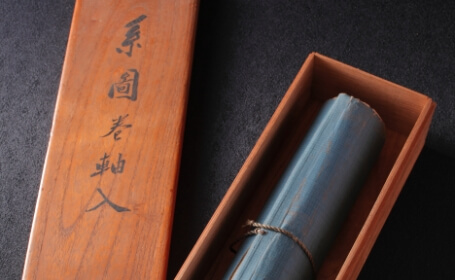
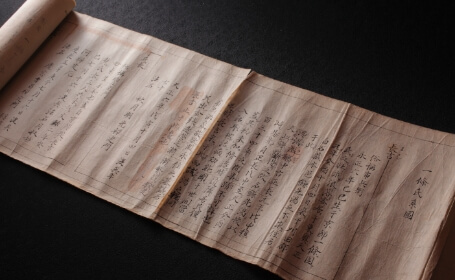
In the Edo period, Kamasaki Onsen was listed in the “Onsen Banzuke”, equivalent to today’s travel magazines, and there is documented evidence that many people from all over the country visited this hot spring to experience the Yunushi Ichijoh. There were two types of visitors to hot springs in the Edo period: those who came for a therapeutic bath to cure illness or injury, and those who came for leisure (sightseeing). There seems to be little difference between now and then, but in the days when medicine was not as developed as it is today, many people used hot springs for treatment as the benefits of the hot springs were easily seen on the body.
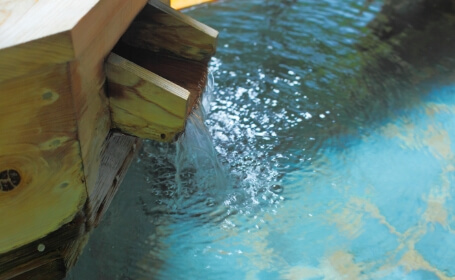
In between hot-spring treatments, people also strolled around and visited shrines, so it is likely that they were soothed by the same view that we see today. It is also surprising that the efficacy of Kamasaki Onsen, also called the “Kizu-ni-Kamasaki”, meaning “Kamasaki for wounds”, was already publicized in the Edo period and the composition is almost the same today, following the analytical results by the public health department. Although scientific instruments were not as advanced as they are today, it was known at that time what it was good for without the need for scientific research.
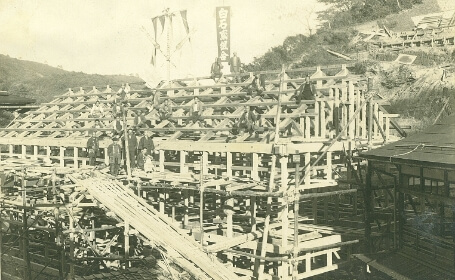
In the post-Meiji Restoration account entitled the “Shoten Tanpyo Yoroku (2)”, it is recorded that “Shiroishi is kept by Kamasaki, and Kamasaki is kept by Shiroishi”, indicating that it was a source of prosperity for Shiroishi and Miyagi since those days. It is said that during the Meiji era, the local Shiroishi Junior High School (present-day Shiroishi High School) held seasonal day-trip events, hunting rabbits on Mt. Kamasaki, cooking and eating the catch, and then soaking in the Yunushi Ichijoh hot spring to recover from the fatigue of the hunt. In the long course of its history, Kamasaki Onsen has become closely connected to the local community and beloved by many.
Presence of a woman who supported Ichijoh
Many documents have survived in the Ichijoh family, befitting its history. Currently, about 500 items have been examined to date, and analysis is underway, focusing primarily on records from the Edo period. The records of the time only contained male names and achievements, and there were no references to women of any kind.
However, a closer inspection of the records reveals the existence of a particular woman who played a key role. Her name was Kichi. Since the head of the 9th generation passed away early, she gave all her support to the head of the 10th generation who assumed the position at the age of 8. It is no exaggeration to say that she has been indispensable to the Ichijoh family and, by extension, to the continuation of Kamasaki Onsen.
To this day, the proprietress continues to play a major role for Yunushi Ichijoh.
The Ichijoh family has been headed by the eldest son for generations, and the head and the proprietress have worked hand in hand, alongside each other to support the foundations of the Ichijoh family. Bearing the thoughts of the predecessors, the head of the family and the proprietress are committed to protecting Yunushi Ichijoh so that it continues to be a place beloved by everyone and a place that people wish to revisit.
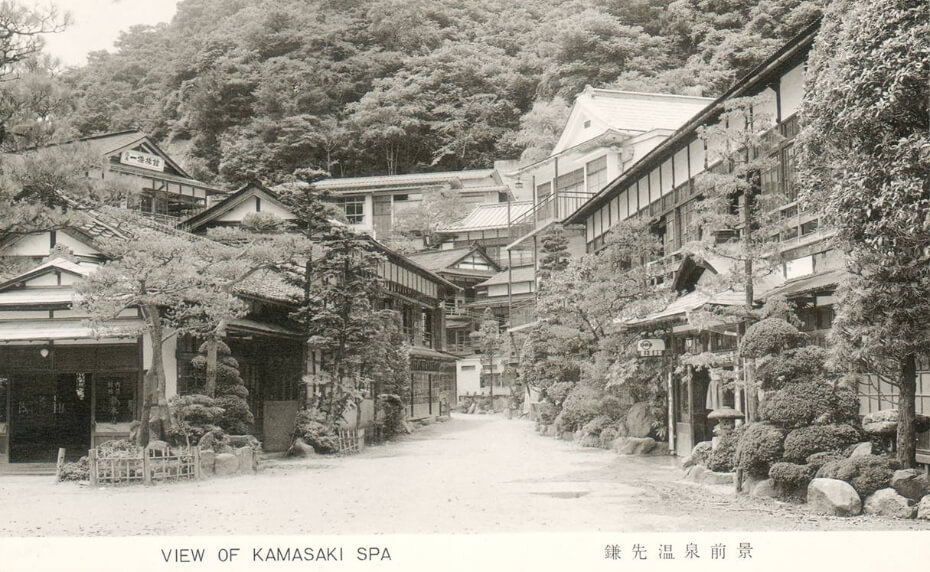
Continue to deliver new charms
while preserving tradition and history
By paying close attention to feedback from our guests and continuously making improvements, we have become known as a “popular inn”.
And in 2008, the annex was completely renovated, which had been our long-held dream.
This renewal was made with the hope that our guests would experience the blessings of nature in Miyagi.
For example, the open-air bath in the Ichijoh Suite features Date Kanmuri-ishi, a rock with an indescribable mystique in its stately appearance. The two suites, Ichijoh and Yunushi, are made of solid red pine, creating a cozy, warm and welcoming atmosphere.
Both of these materials were challenging to procure, but we were able to make them a reality owing to the efforts and dedication of all those involved with the Yunushi Ichijoh.
We have created a space of luxury and relaxation where guests can truly unwind and be at ease to enjoy their special time.
The semi-suite room offers a view of the Yunushi Ichijoh Kura storehouse. The storehouse is filled with ancient documents, antiques, hanging scrolls, and other items. The interior of the inn is decorated throughout with antiques and Sendai Tansu (chests) from the inn’s collection, offering guests the opportunity to enjoy and experience the history during their stay.
The Miyagi Prefectural Library has records that Date Masamune, the feudal lord of Sendai, also bathed here. An ancient document was also discovered in Ichijoh’s storehouse that records this event. Soaking in the same hot water and contemplating Date Masamune and its history is one of the ways to enjoy the experience.
